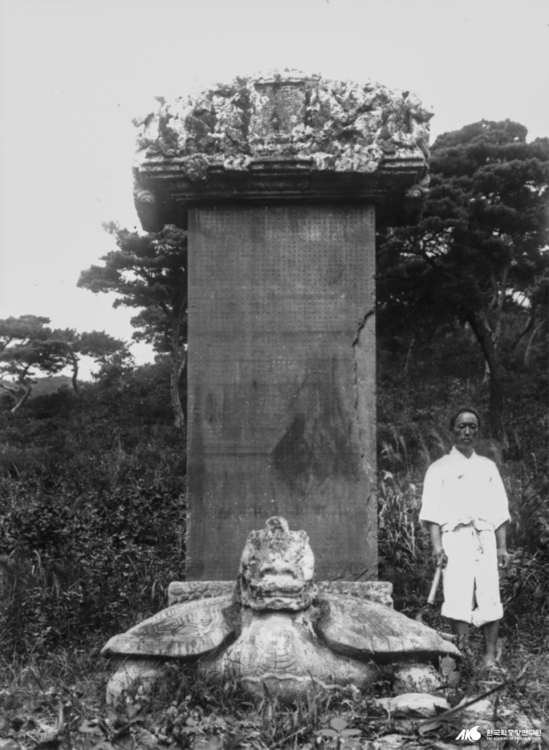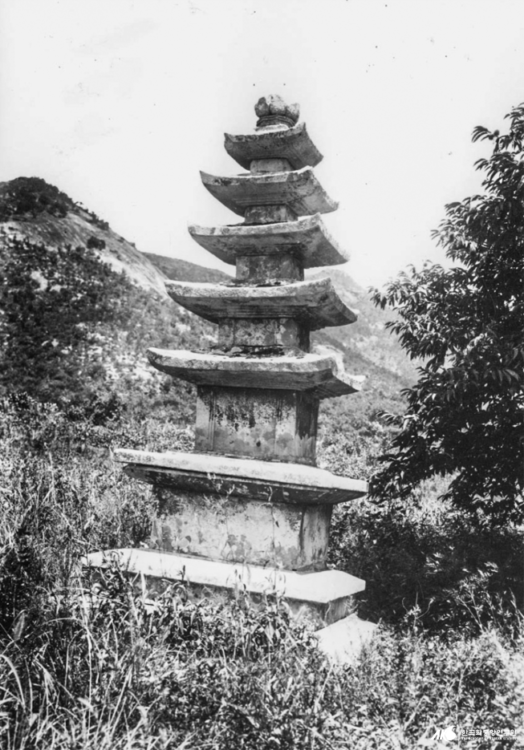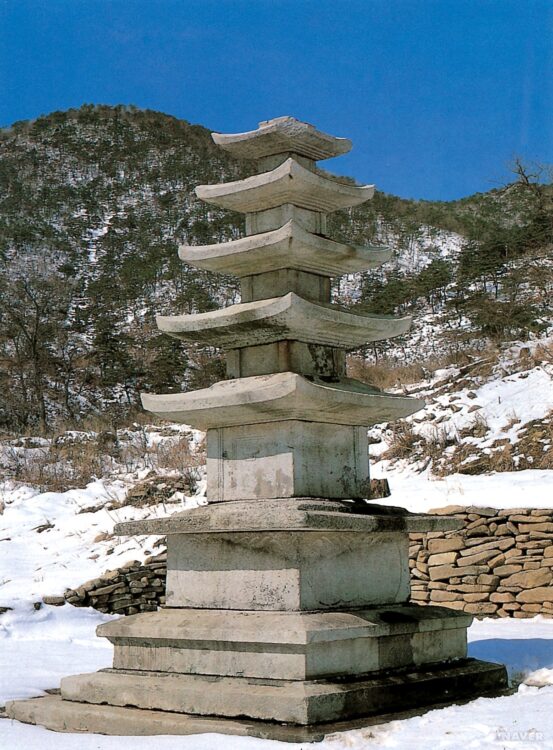Sumisan Sect – Gwangjosa-ji Temple Site (Haeju, Hwanghae-do, North Korea)

The Sumisan sect was located at the Gwangjosa-ji Temple Site in Haeju, Hwanghae-do, North Korea. The Sumisan sect was established by the monk Ieom-daesa (866-932 A.D.). Ieom-daesa’s family name was Kim, and he was born in 866 A.D. At the age of twelve, he became a monk at Gapsa Temple in Gongju, Chungcheongnam-do. He would receive his precepts under the monk Deongnyang.
In 894 A.D., Ieom-daesa would travel to Tang China (618–690, 705–907 A.D.) and receive the dharma from Yunju Daoying (830-902 A.D.), who was the head disciple of the monk Dongshan Liangjia (807-869 A.D.). Ieom-daesa would return to Silla in 911 A.D., where he resided at Seunggwangsa Temple in Naju in present-day Jeollanam-do. After receiving a royal decree from King Taejo of Goryeo (r. 918-943 A.D.), Gwangjosa Temple was founded on Mt. Sumisan, where the Sumisan sect would flourish. Ieom-daesa would pass away in 936 A.D. His posthumous name was Jincheol, and he would have a few hundred disciples that would help propagate his Seon teachings. The Sumisan sect was the last of the Nine Mountain Schools to be established. It would remain as an active sect until the start of the Joseon Dynasty (1392-1910), when it disappears from the records in 1418. And unfortunately, because it’s located in North Korea, very little, if anything, is known about the Gwangjosa-ji Temple Site.

